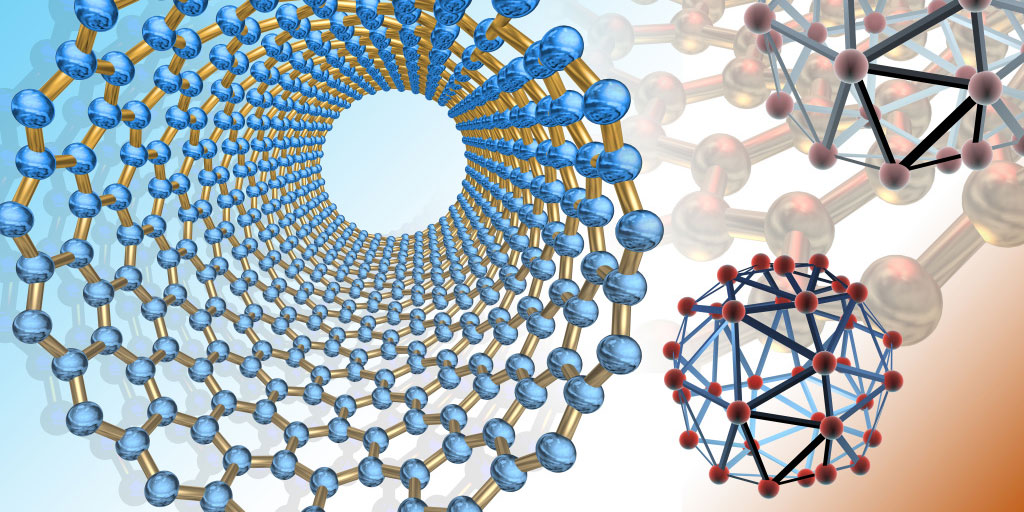

Revolutionizing Healthcare through Nanotechnology Innovation
In the realm of health innovation, nanotechnology is emerging as a transformative force, offering unprecedented possibilities for diagnostics, treatment, and overall healthcare delivery. This article explores the profound impact of nanotechnology on health innovation and its potential to reshape the future of medicine.
Nanoparticles in Diagnostics: A Precision Revolution
Nanoparticles, engineered at the molecular level, are revolutionizing diagnostic techniques. Their small size allows for precise interactions with biological molecules, enabling highly sensitive and specific detection of diseases. Nanotechnology-driven diagnostic tools offer early detection capabilities, contributing to timely interventions and improved outcomes for patients.
Targeted Drug Delivery: Precision Medicine Unleashed
Nanotechnology facilitates targeted drug delivery, a game-changer in the field of medicine. By encapsulating medications in nanocarriers, drugs can be delivered directly to specific cells or tissues, minimizing side effects and enhancing therapeutic efficacy. This precision approach heralds a new era in personalized medicine, tailoring treatments to individual patient needs.
Smart Nanosensors for Real-Time Monitoring
The integration of smart nanosensors in healthcare is transforming real-time patient monitoring. These nanosensors can detect and transmit data on various health parameters, providing continuous insights into a patient’s condition. This real-time monitoring is particularly beneficial for chronic disease management and ensuring timely interventions when necessary.
Diagnostic Imaging Revolutionized by Nanotechnology
Nanotechnology is revolutionizing diagnostic imaging techniques. Nanoparticles can enhance contrast in imaging modalities such as magnetic resonance imaging (MRI) and computed tomography (CT), allowing for more detailed and accurate visualization of tissues and organs. This advancement contributes to early and precise diagnosis, guiding clinicians in formulating effective treatment plans.
Nanorobotics for Minimally Invasive Procedures
The advent of nanorobotics opens new frontiers in minimally invasive procedures. These tiny robots, often smaller than a human cell, can navigate the body to perform tasks such as targeted drug delivery, tissue repair, or even surgery. Nanorobotics hold the potential to revolutionize medical procedures, offering less invasive and more precise interventions.
Challenges and Safety Considerations in Nanomedicine
While nanotechnology brings unprecedented opportunities, challenges and safety considerations must be addressed. The potential toxicity of certain nanoparticles and the long-term effects of nanomaterial exposure require careful evaluation. Ensuring the safety of nanomedicine applications is crucial for their successful integration into mainstream healthcare practices.
Nanotechnology and Regenerative Medicine Synergy
Nanotechnology synergizes with regenerative medicine to advance tissue engineering and organ regeneration. Nanomaterials can mimic the extracellular matrix, providing scaffolds for cell growth and tissue regeneration. This synergy holds promise for repairing damaged tissues and organs, paving the way for innovative solutions in regenerative medicine.
Nanotechnology in Cancer Treatment Breakthroughs
Nanotechnology is making significant strides in cancer treatment. Nanoparticles can selectively target cancer cells, delivering therapeutic agents directly to the tumor site. This targeted approach minimizes damage to healthy tissues, enhances treatment efficacy, and holds the potential to revolutionize cancer therapies.
The Future Landscape: Nanotechnology and Beyond
The future landscape of healthcare innovation is intricately tied to nanotechnology and its continued evolution. Anticipated advancements include further refinement of nanomaterial properties, enhanced diagnostic capabilities, and the integration of nanotechnology with other cutting-edge technologies such as artificial intelligence. These developments promise to push the boundaries of what is possible in healthcare.
Exploring Nanotechnology in Health Innovation
To delve deeper into the transformative impact of nanotechnology on health innovation, visit Nanotechnology in Health Innovation. This link connects you to a hub of information, offering insights into the evolving landscape of nanotechnology in healthcare and its potential to redefine the future of medicine.
Conclusion: Nanotechnology’s Pioneering Role in Healthcare
In conclusion, nanotechnology stands at the forefront of pioneering healthcare innovations. From diagnostics to targeted drug delivery, real-time monitoring, and regenerative medicine, the applications of nanotechnology are diverse and promising. As research and development in this field continue to advance, the transformative potential of nanotechnology in healthcare is poised to make significant contributions to the well-being of individuals worldwide.






:max_bytes(150000):strip_icc()/About-A53-YChestPress-719-c0225c885f6347e1a7c52bab2fdc2bb8.jpg)


